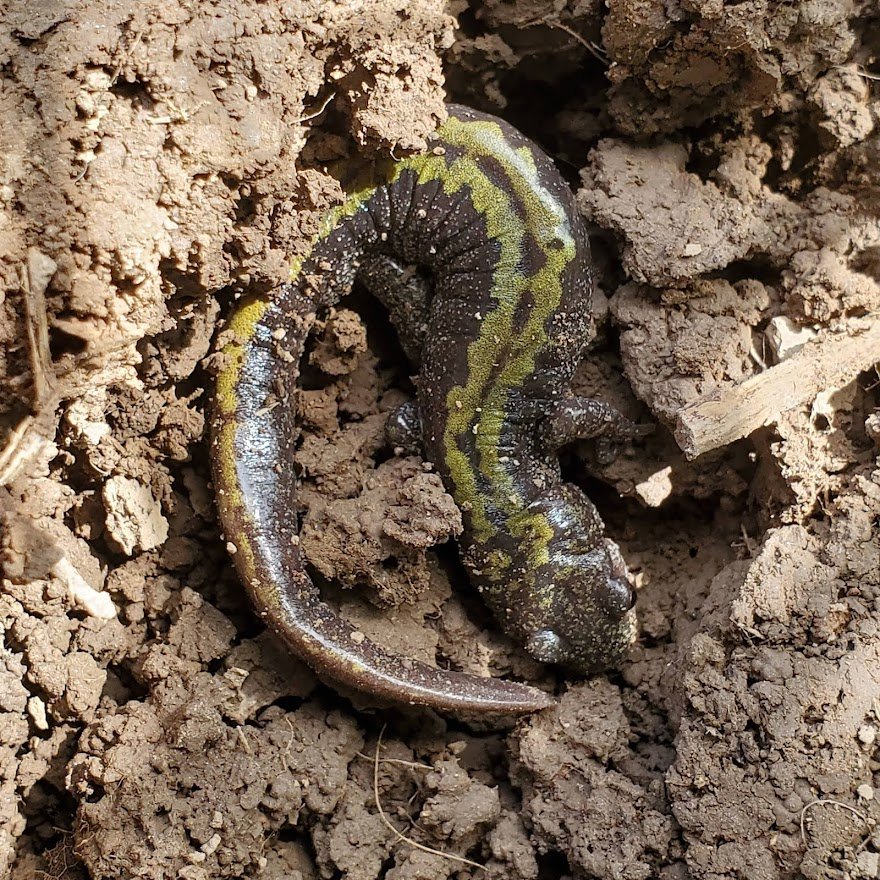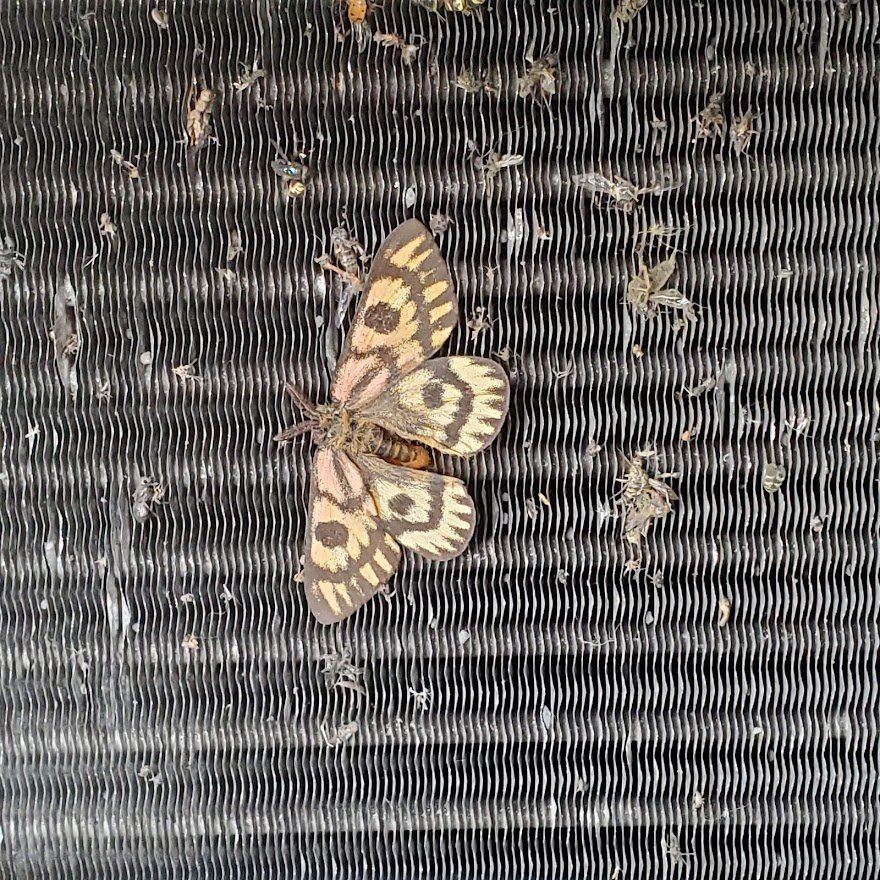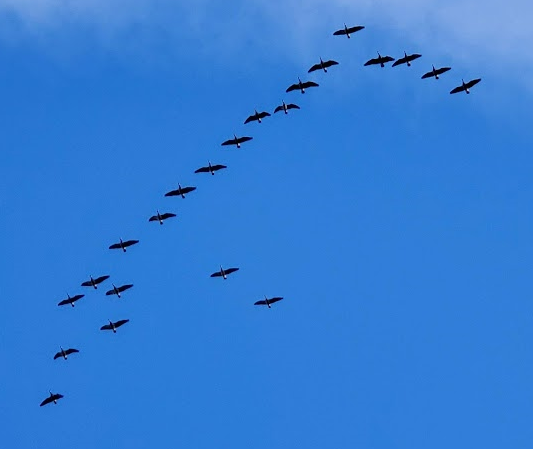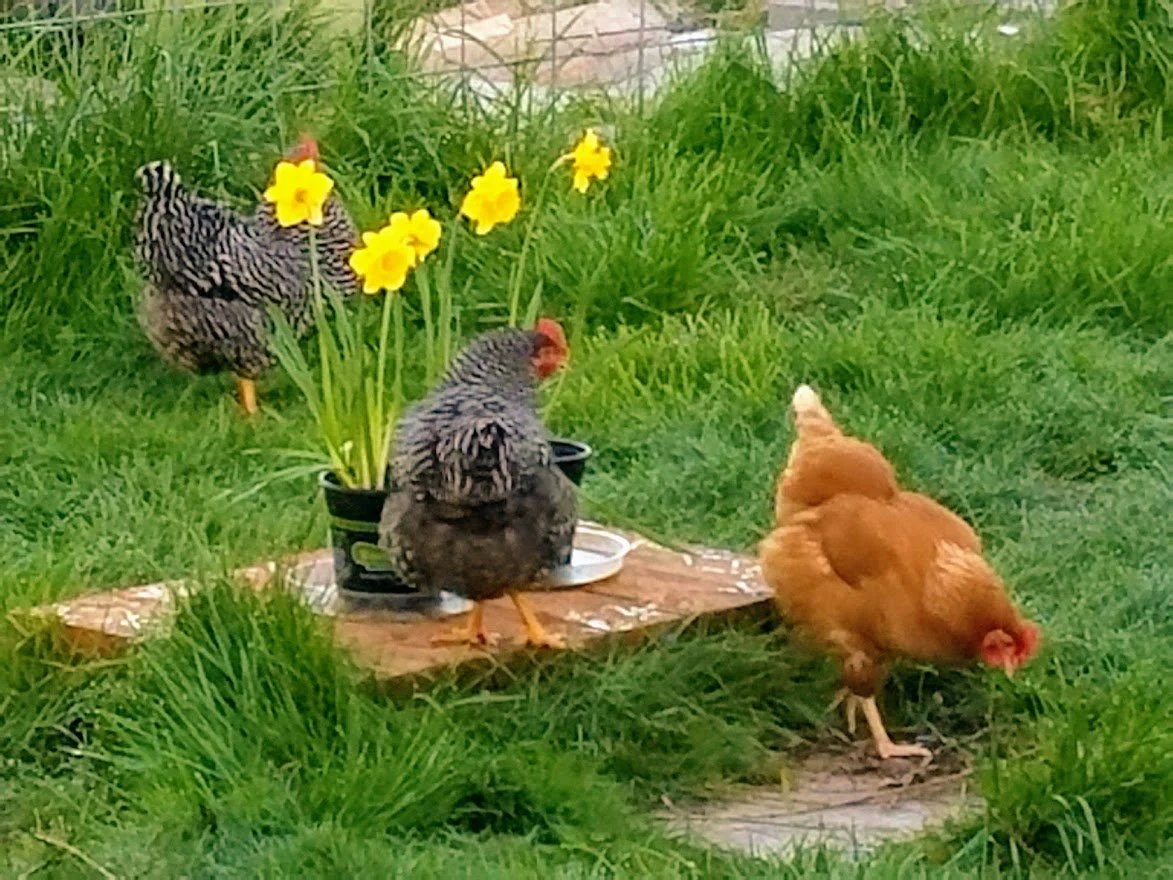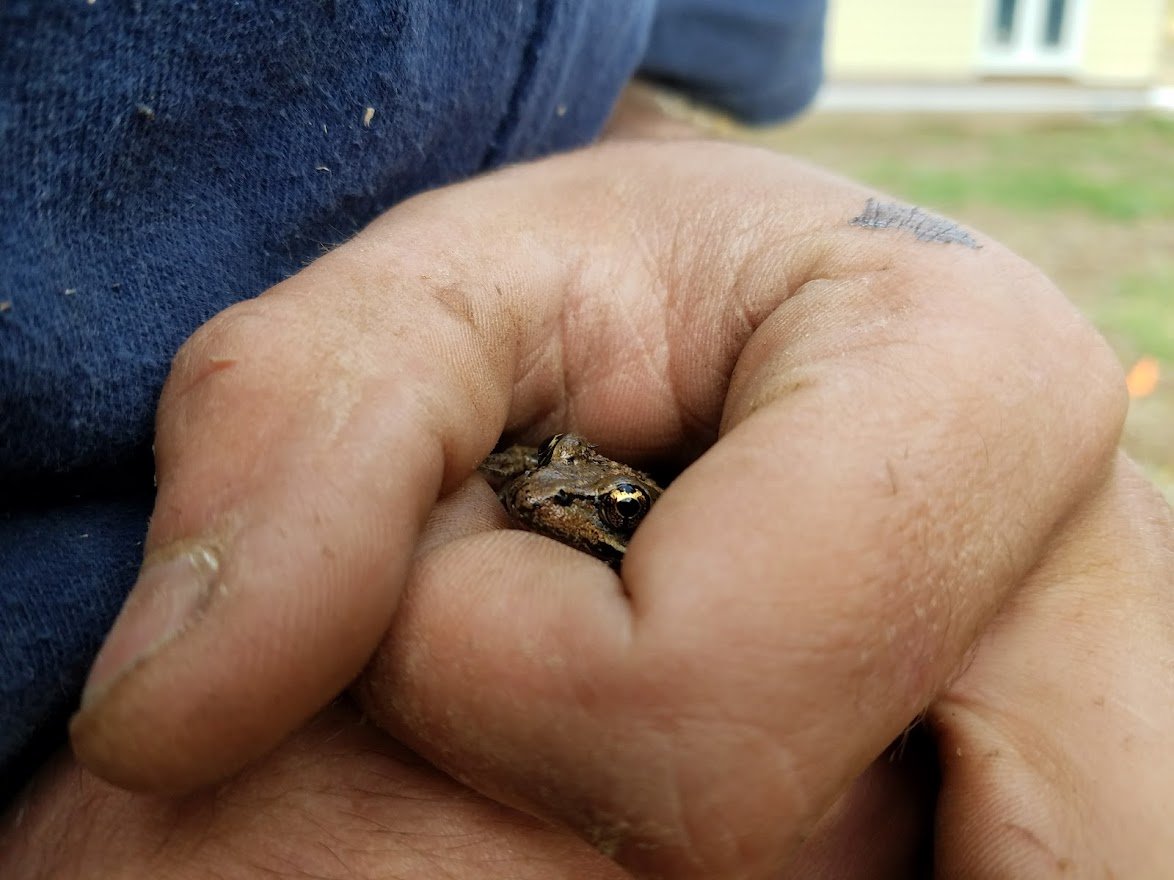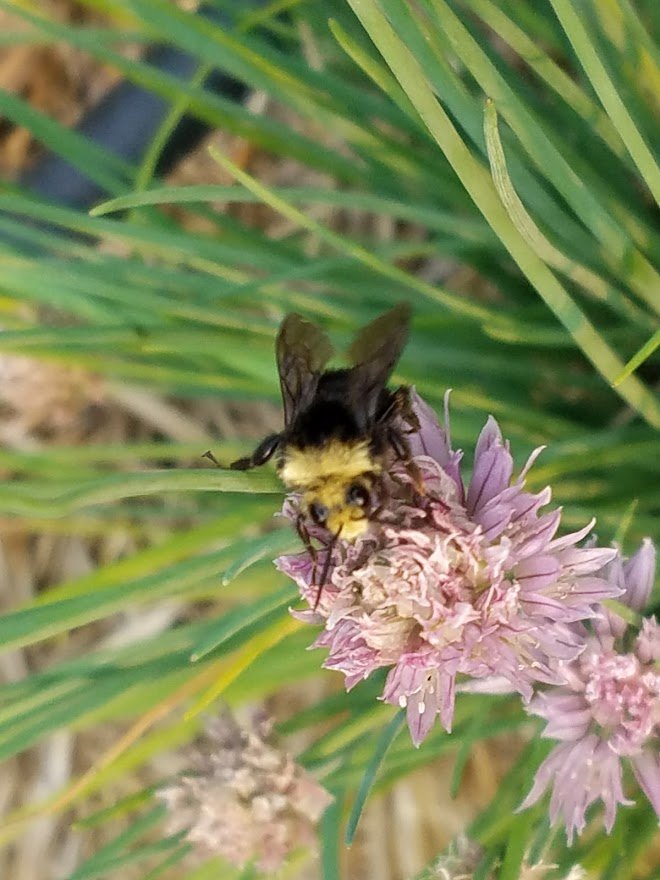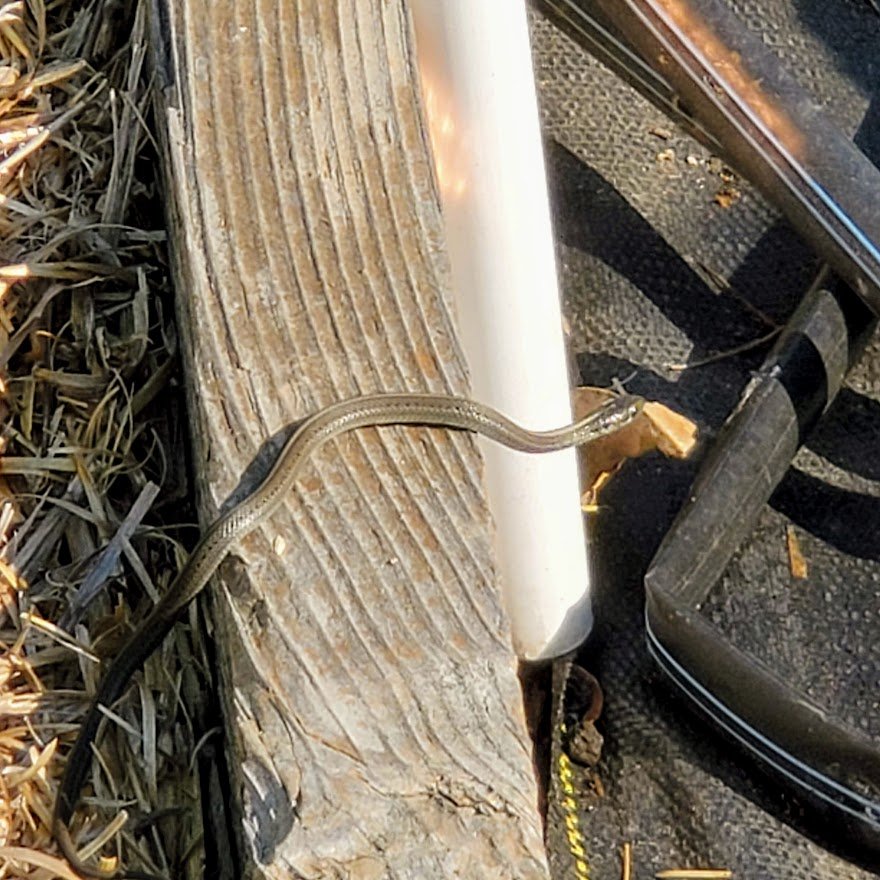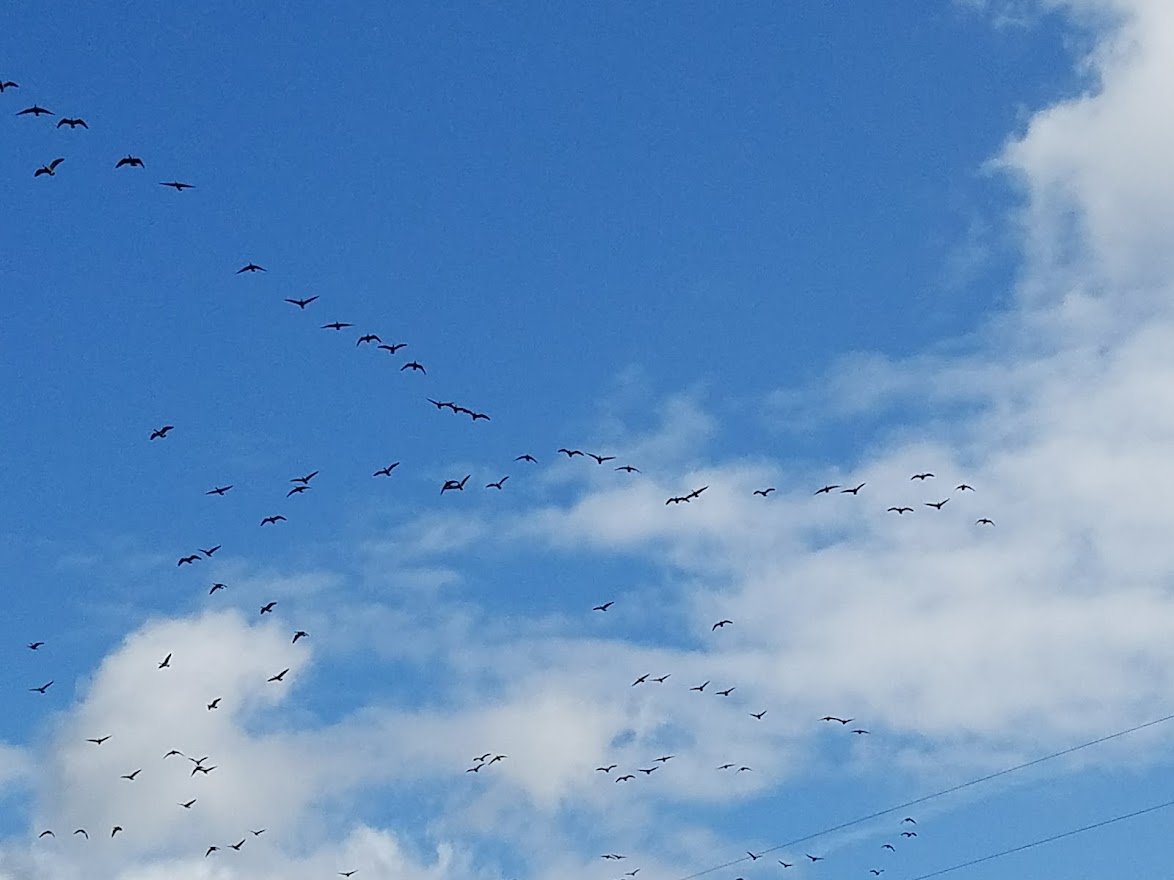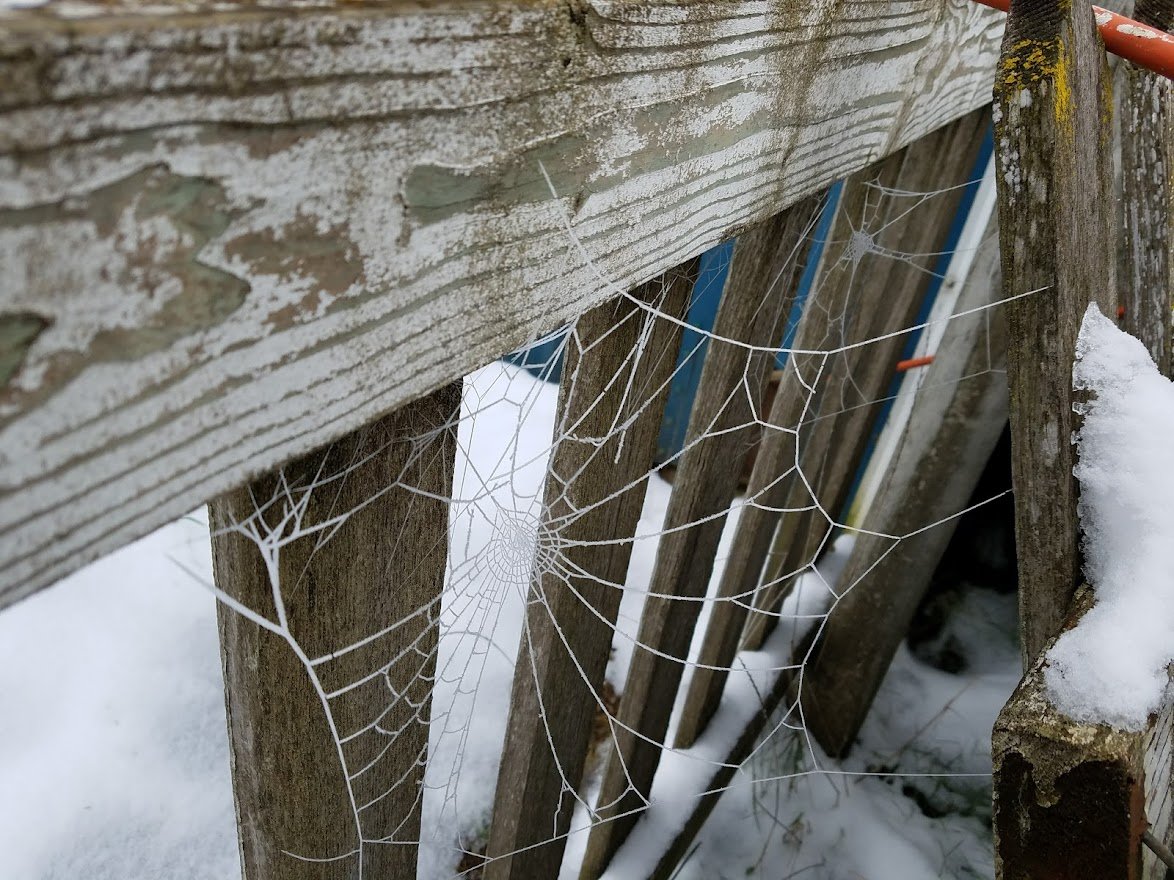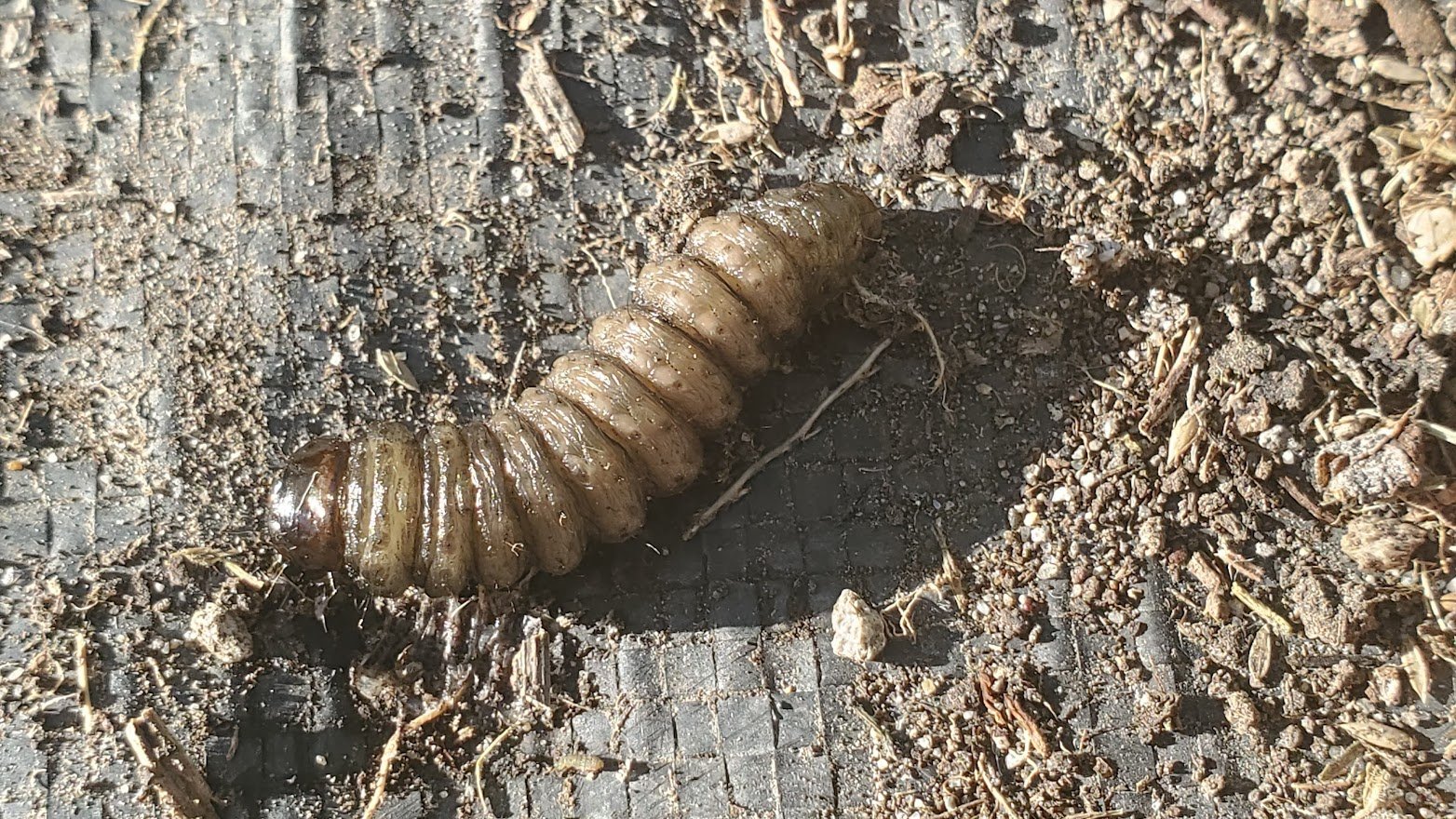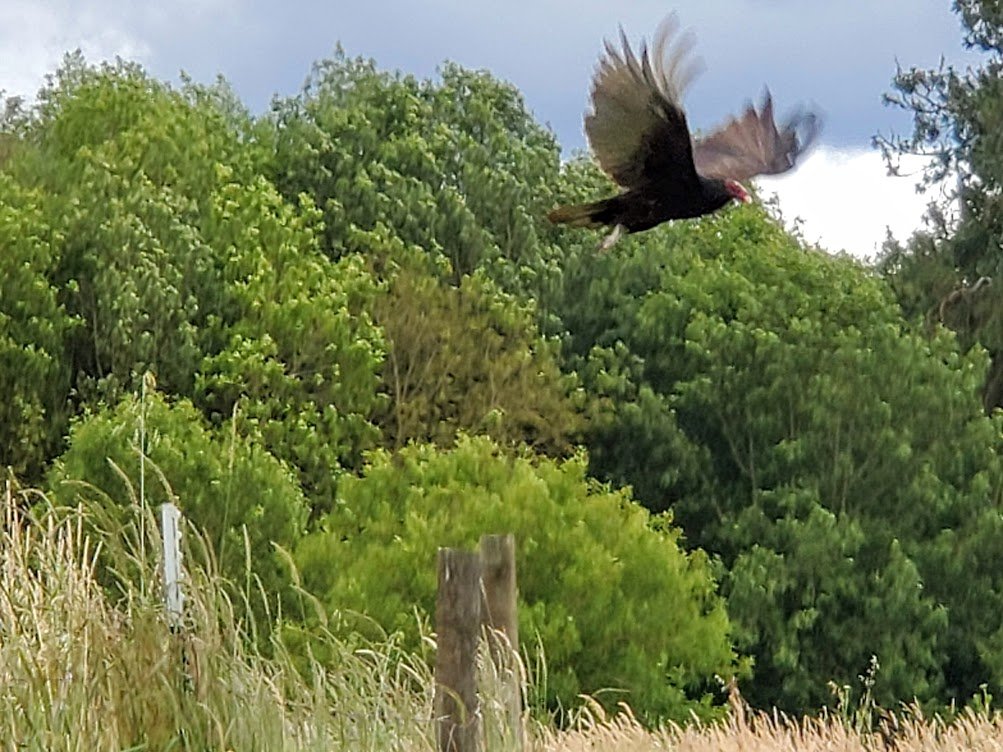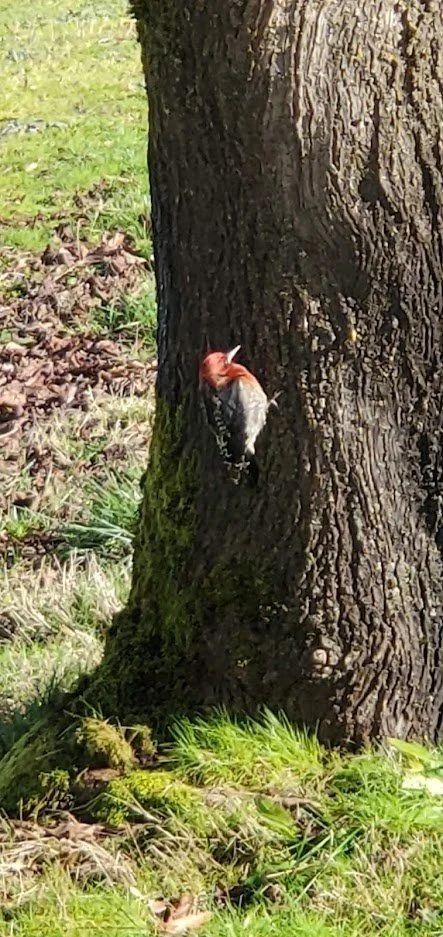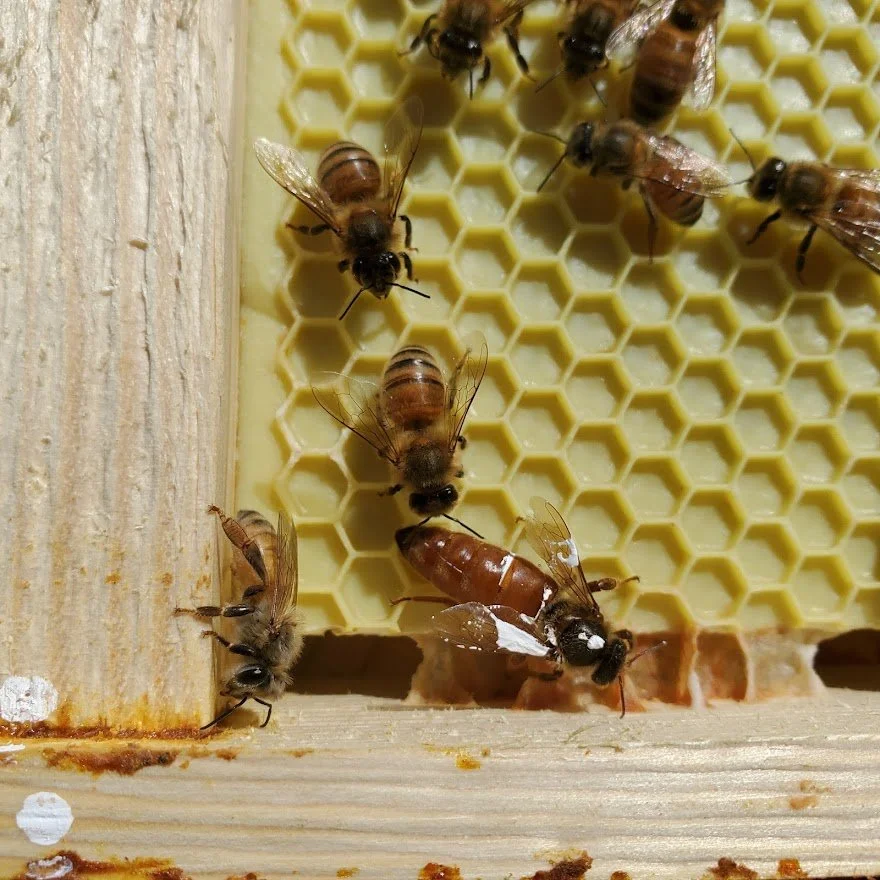
Designing For Pollinator Habitat & Ecosystems
Pollinators are an integral part of our environment and our agricultural systems; they are important in 35% of global crop production. Animal pollinators include bees, butterflies, moths, wasps, flies, beetles, ants, bats, and hummingbirds.
The non-native European honey bee (Apis mellifera) is the most important managed crop pollinator in the United States. However, the number of honey bee colonies is in decline because of disease and other factors, making native pollinators even more important to the future of agriculture. Native bees provide free pollination services, and are often specialized for foraging on particular flowers, such as squash, berries, or orchard crops. This specialization results in more efficient pollination and the production of larger and more abundant fruit from certain crops.
Undeveloped areas on and close to farms can serve as long-term refugia for native wild pollinators. Protecting, enhancing or providing habitat is the best way to conserve native pollinators and, at the same time, provide pollen and nectar resources that support local honey bees; on farms with sufficient natural habitat, native pollinators can provide all of the pollination for some crops.
Habitat enhancement for native pollinators, especially with native plants, provides multiple benefits. In addition to supporting pollinators, native plant habitat will attract beneficial insects that are predators or parasitoids of crop pests and lessen the need for pesticides. Pollinator habitat can also provide habitat for other wildlife, such as birds, serve as windbreaks, help stabilize the soil, and improve water quality.
Pollinators have two basic habitat needs: a diversity of flowering native or naturalized plants, and egg-laying or nesting sites. For pollinators to be most productive, nectar and pollen resources are needed outside the period of crop bloom.
Consider allowing some of the native or non-native forbs to bloom prior to their crop bloom, mow them during crop bloom, then let them bloom again afterward. For example, dandelions, clover, and other non-native plants are often good pollinator plants. Also allow some salad and cabbage crops to bolt.
In addition to pollinators, the predators and parasitoids of pests are attracted to the flowers of arugula, chervil, chicory, mustards, and other greens, supporting pest management. When evaluating existing plant communities on the margins of cropland, a special effort should be made to conserve very early and very late blooming plants. Early flowering plants provide an important food source for bees emerging from hibernation, and late flowering plants help bumble bees build up their energy reserves before entering winter dormancy.
Small bees may only fly a couple hundred yards, while large bees, such as bumble bees, easily forage a mile or more from their nest. Therefore, taken together, a diversity of flowering crops, wild plants on field margins, and plants up to a half mile away on adjacent land can provide the sequentially blooming supply of flowers necessary to support a resident population of pollinators.
Bees need nest sites. For supporting populations of native bees, protecting or providing nest sites is as important as providing flowers. Similarly, caterpillar hostplants are necessary for strong butterfly populations.
The ideal is to have nesting and forage resources in the same habitat patch, but bees are able to adapt to landscapes in which nesting and forage resources are separated. However, it is important that these two key habitat components are not too far apart. Native bees often nest in inconspicuous locations. For example, many excavate tunnels in bare soil, others occupy tree cavities, and a few even chew out the soft pith of the stems of plants like elderberry or blackberry to make nests. It is important to retain as many naturally occurring sites as possible and to create new ones where appropriate.
Excerpts from NRCS Pollinator Biology and Habitat - Michigan Biology Technical Note No. 20
Cultivating Biodiversity
…a key element in preserving sustainable agroecosystems.



